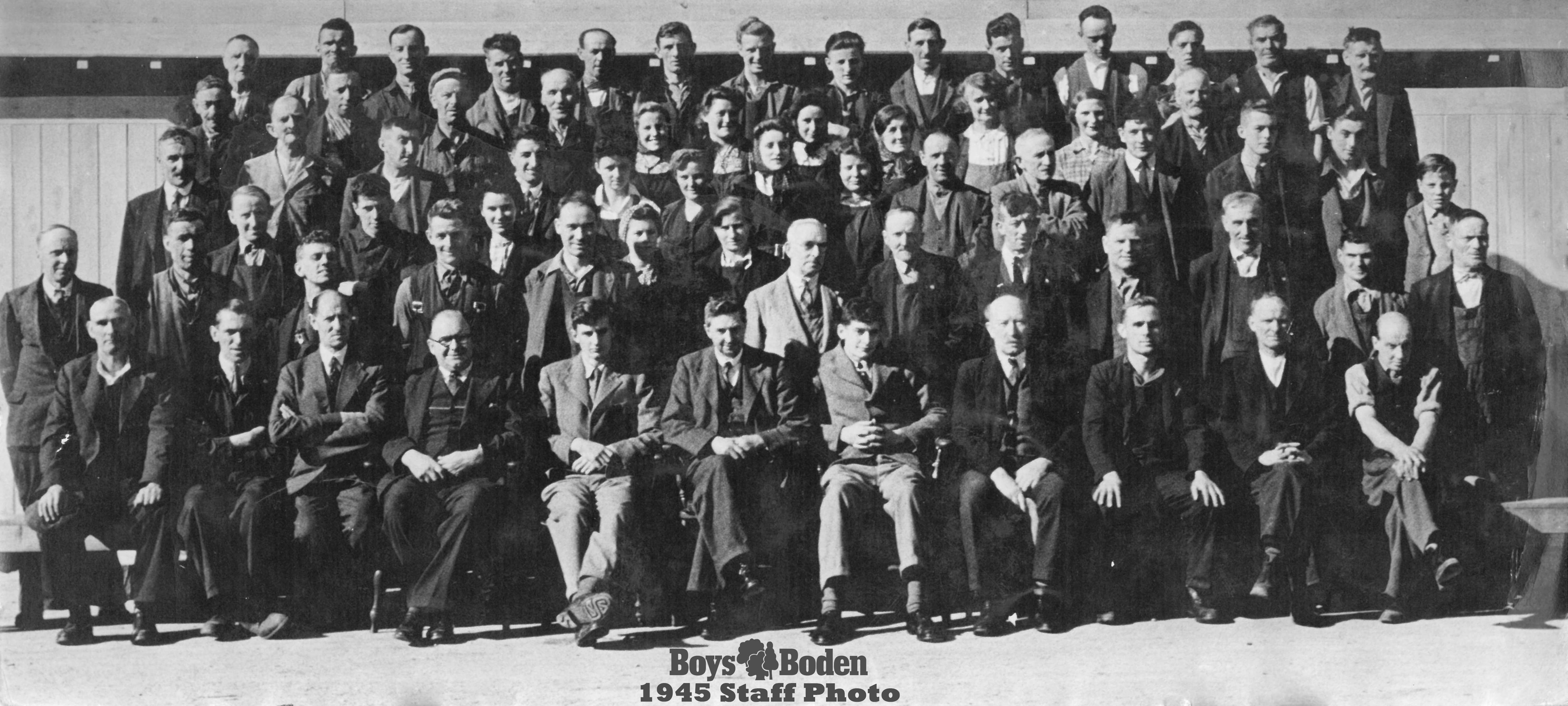what is an expansion joint on a brick wall?
An expansion joint on a brick wall is a gap or space intentionally left between two adjacent brick courses or between the brickwork and other building materials, such as concrete or metal. The purpose of the expansion joint is to allow for the natural expansion and contraction of the building materials due to temperature changes, moisture, and other factors that cause building materials to expand and contract.
Brick walls are made up of individual bricks that are held together by mortar, which is a mixture of cement, sand, and water. As the temperature and humidity levels change, the bricks and mortar expand and contract at different rates. If the brick wall does not have an expansion joint, the differential movement can cause stress on the brickwork and lead to cracking, bulging, or even structural damage to the wall.
Expansion joints can take various forms, such as a visible gap between the brick courses or a hidden gap behind a flexible sealant material. The size of the gap in the expansion joint will depend on various factors, such as the length and height of the wall, the expected temperature changes, and the type of building materials used.
The proper placement and design of expansion joints in brick walls are crucial for ensuring the longevity and structural integrity of the wall. An experienced architect or engineer should determine the appropriate placement and design of the expansion joint to prevent any potential issues with the brick wall over time.

installation
The installation of an expansion joint on a brick wall will depend on the specific design and requirements of the building. However, here are some general steps for installing an expansion joint on a brick wall:
1. Determine the location of the expansion joint. The location of the expansion joint will depend on the length and height of the brick wall, the expected temperature changes, and other factors that may affect the expansion and contraction of the building materials.
2. Clean the surface of the brick wall. The surface of the brick wall where the expansion joint will be installed should be clean and free of dust, debris, and any other contaminants.
3. Install the backing material. A foam or rubber backing material is often installed behind the expansion joint to help absorb any movement or vibration. The backing material should be installed in the gap between the two brick courses or between the brickwork and other building materials.
4. Apply the sealant. A flexible sealant material, such as silicone or polyurethane, is applied to the gap between the two brick courses or between the brickwork and other building materials. The sealant material should be applied in a continuous, smooth bead along the length of the expansion joint.
5. Smooth and finish the sealant. The sealant material should be smoothed and finished to ensure a neat, clean appearance. Any excess sealant should be removed and the surface of the brick wall should be wiped clean.
It's important to follow the manufacturer's instructions for the specific backing material and sealant is used to ensure proper installation and avoid any potential safety hazards. Additionally, it's recommended to consult with an experienced architect or engineer to ensure that the installation is done correctly and meets all necessary building codes and regulations.







